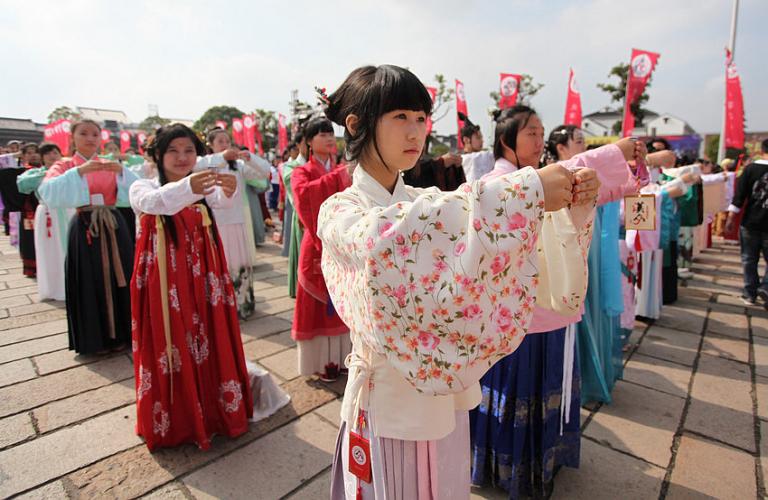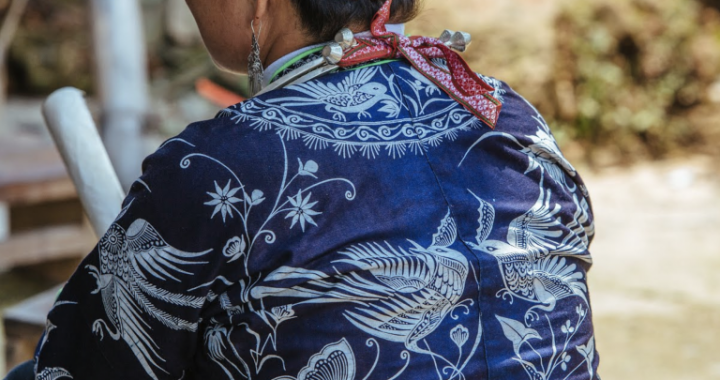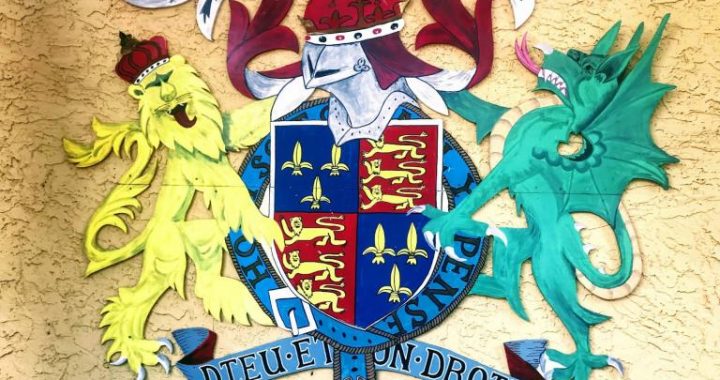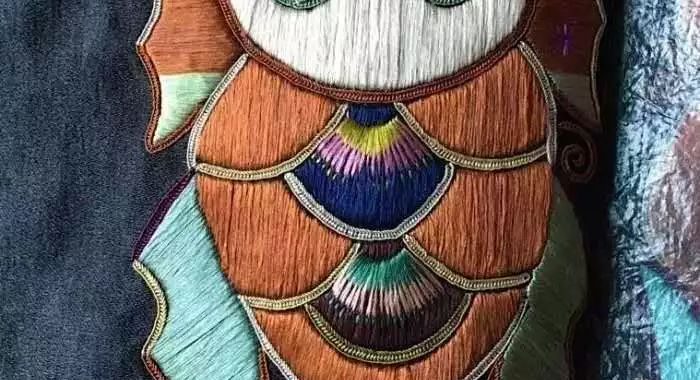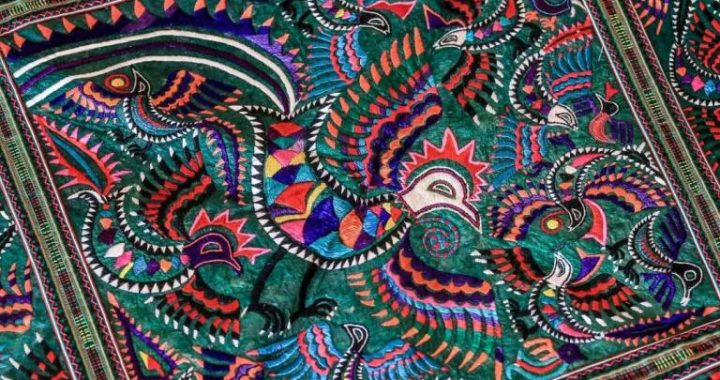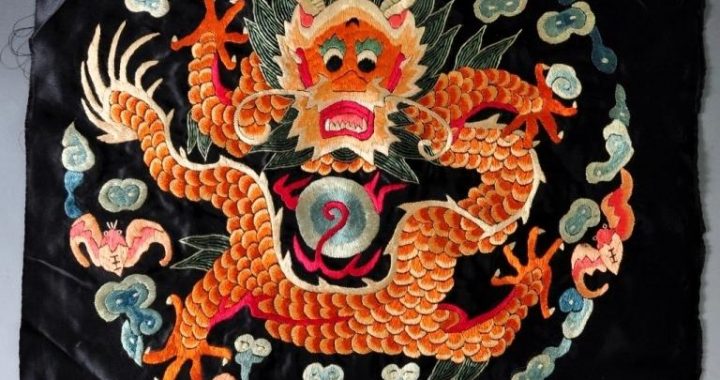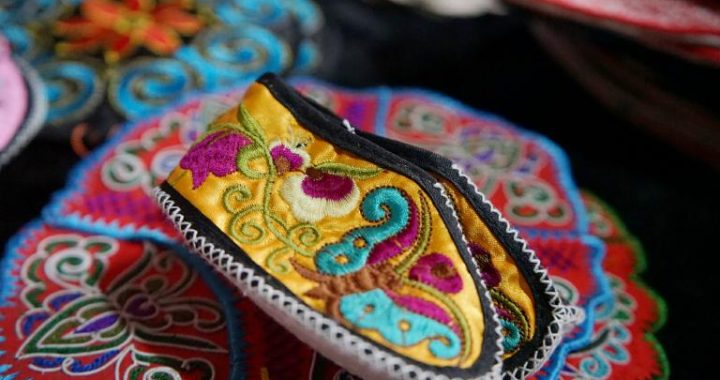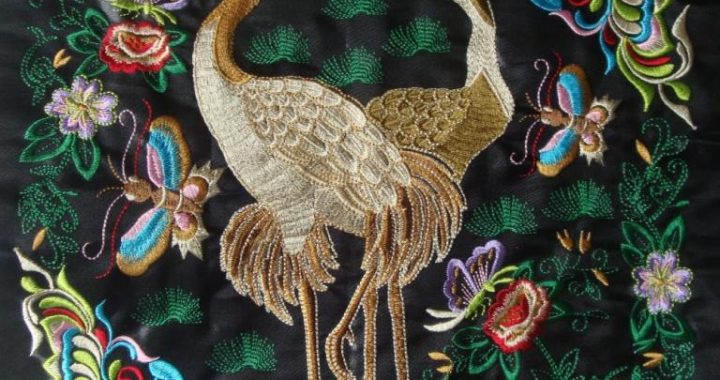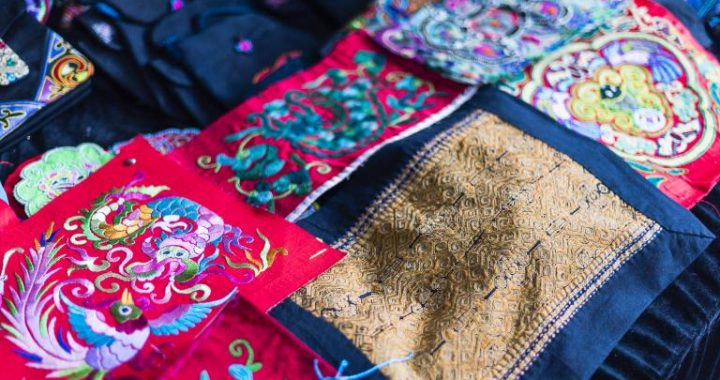Costume Culture
5 min readHistory of Costume Culture
In archaeological remains of Chinas Shandingdong cul ture, bone sewing needles, and stone beads and shells prove the existence of the craft of sewing and the concept of ornamen tation over 18,000 years ago. In the age of Yellow Emperor and the Emperors Yao and Shun(about 4, 500 years ago) system in clothing was roughly established In the Shang Dy-nasty(16th to 1lth century BC), the sophistication and re-finement of clothing was developed with woven silk and hemp articles .
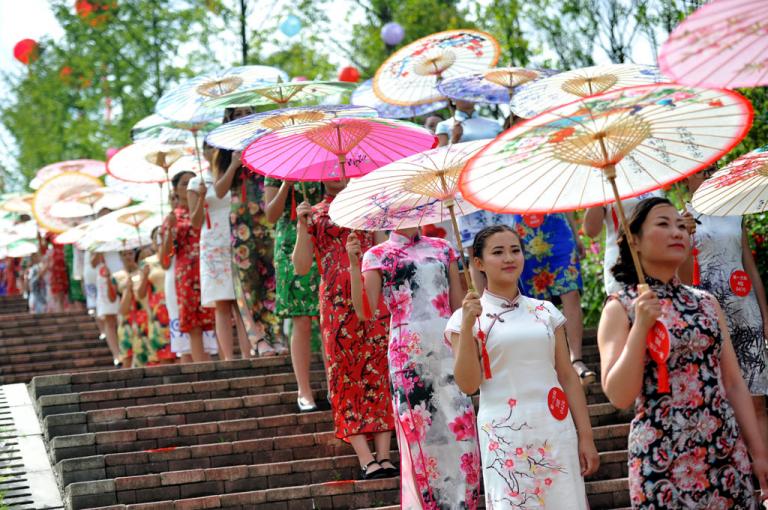
In the Warring States Period, began a variety called Deep Garment(itk)(a long coat), literally means wrapping the body deep within the clothes,which had great effect on the Chinses costumes later for a long time The Western Han Dynasty implemented the Shenyi system,which featured a cicada-shaped hat,red clothes and“由”-shaped collar.In addition,people of that time wore jade articles and red shoes.The frock and skirt were sewn to gether in the Shenyi system In the Eastern Han dynasty,costumes developed into a special variety.Gown,the single dress of the body,short dress and skirt are the main parts of the garment.The basic features are cross-collar,right Ren ,belt strap,and wide Sleeves .
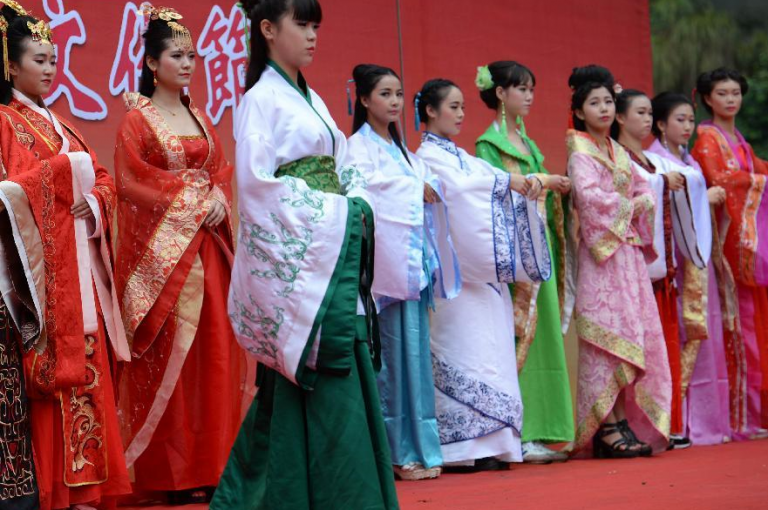
The han people wore different kinds of dress on different occasions.And Peoples social status decided the materials of the dress.The long dress of silk and satin was for the wealthy,the short dress with long trousers was for the ordinary,and the short dress of coarse cloth was for the poor Costumes of the Han Dynasty had 7 features
(1)Wearers must expose underpants’collar form,as the collar was big and curving;
(2)Clothes must use white cloth as lining
(3)The width of sleeves was 0.4 meters
(4)The blouse had no sleeves
(5)Wearers of fur clothes should have the fur facing outside
(6)Waistband was very exquisite.Belt hook was made of gold in various lively and interesting animal figu ures
(7)The male kept the habitude of wearing walking sabres without blades for decoration only
Up to the Wei, Jin and Southern and northern dynasties Paofu(ie g&)(see Figure 56) took the place. The changes were in the length some were long enough to the ankle, and some were short to the knee, in low cut cross collar; in open sleeves; in casual and simple men long ropes; in elaborate and complex women’ s long robes In the tang Dynasty, the clothing materials became more exquisite, the structure was more natural, graceful and elegan and adornments were more splendid. The most outstandi was women’s dress and personal adornments, elaborate hairstyles, and face makeup Though the forms of garments were still the continuation of the Han Dynasty and the Sui dynasty, they were influenced by cultures and arts of the Western Regions.Especially,the national power of the great Tang was strong.The trades and cultural exchanges with Korea,Vietnam,Japan,Persia and other countries gradually became frequent,and they mutually dispatched emissaries and accepted students of other countries In this way,a special open and romantic style of dress and personal adornments was formed for womens garments.For example,the width of sleeves was always more than 1.3 meters The Tang women’s dresses are often classified into three categories
(1)traditional Ruqun (see Figure57)or double layered or padded short jacket that was typical of cen tral China;
( 2)Hufu ,or alien dress that absorbed exotic fashions from the traders who plied the Silk Road ;
(3)full set of male garments The Hufu was a style of dress characterized by narrow sleeves,short shirts,long trousers,and leather boots,which before long replaced traditional Chinese robes.Chinese cos tume,especially womens wear,attained an unprecedented elegance at the time ;
The Ruqun is made up of the top jacket and long gown and a skirt on the bottom.It opens up the collar as far as to expose the cleavage between the breasts.
The Tangs aesthetics was suppleness and opulence Women tried to have the barrel shaped waist to show full and round body contour for their suppleness and opulence To go with Ruqun the Tang women often covered their faces with a veil instesd of a hat. They were particular about their hairstyles. There were over 30 kinds of tall buns, double buns, and downward buns for opulence and extravagance. On the buns, there were ornamental objects like gold hairpins, jade ornaments. or silk flowers
(a) Waitress in Hufu
(b) Official in Hufu
(c) Guarder in Hufu
The dresses of the tang Dynasty were mainly made of silk, so dresses were famous for softness and lightness The dresses of the Tang Dynasty boldly adopted the features of foreign garments in terms of forms and adornments. They mainly referred to the garments of other countries and used them to improve the garment culture of the Tang Dynasty. Theclothing materials were exquisite, the structure was natural graceful and elegant,and adornments were splendid In the Song Dynasty the popular style was Beizi with male and female,upper class and the lower class.Beizi’s front was unfastened and the waistline is relaxed.Its length and width depended on the person’s preference In the Ming dynasty womens costume went even further in its gentle and elegant beauty,which is often recognized as the epitome of classic Chinese female garment.The Ming Dynasty is a period in which the Chinese Han culture devel oped to the fullest,absorbing the cultural essence of the previous Tang and Song Dynasties.Ever since the Ming Dynast and up until the present day,visual representation of ancient Chinese females or women in mythologies has mostly adopted the ming style .
The Qing Dynasty unified China,and unified the nation wide costume as well.In the Qing Dynasty,Manchu ethnicminority came to power,and came about a great change in garment .
The Qing dress was called cheongsam(Qipao)
Qipao comes from the original name of Machu people”Qi Ren”.We have heared of the saying the Eight Banner Cheongsam entered the English vocabulary from the dialect of Chinas Guangdong Province The cheongsam can either be long or short.unlined or interlined.
